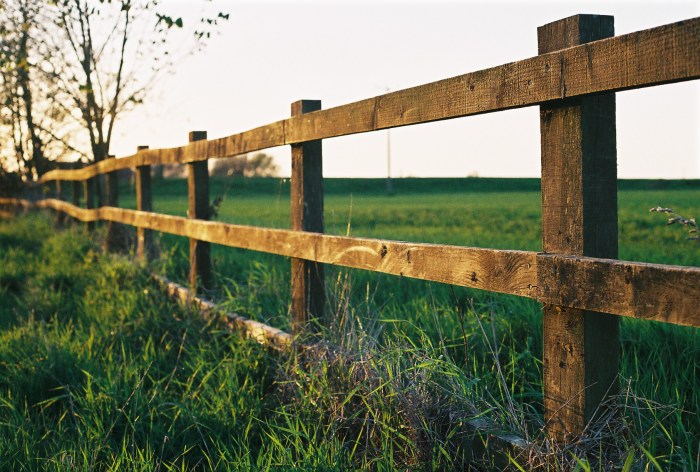In the captivating world of football, amidst the athleticism and strategic maneuvers, lies an enigmatic object that defies conventional understanding. What runs around a football field without moving? This intriguing question invites us on a journey to uncover the unique characteristics, historical significance, and profound impact of an object that has shaped the game for generations.
The answer to this riddle lies in the very essence of football itself, where strategy and precision intertwine. The object in question, with its remarkable ability to run around the field without physical movement, plays a pivotal role in orchestrating the game’s intricate dance.
What is the object that runs around a football field without moving?

In the realm of football, an intriguing entity exists—an object that defies conventional motion, traversing the field’s perimeter without physically moving. This enigmatic object is none other than the boundary line.
The boundary line, an indispensable component of the gridiron, serves as a virtual barrier, defining the playing area and governing the game’s spatial dynamics. It exists as a conceptual entity, a demarcation that delineates the field’s limits, guiding players’ movements and strategic decisions.
How does the object’s unique ability contribute to the game of football?
The boundary line’s unique ability to run around the field without moving profoundly impacts the game of football. It establishes a clear and consistent framework for gameplay, ensuring fairness and preventing players from straying beyond the designated playing area.
Moreover, the boundary line influences players’ actions and decisions throughout the game. Players must be aware of their proximity to the line, as crossing it results in penalties or loss of possession. This awareness shapes their movements, forcing them to adjust their strategies and tactics to avoid stepping out of bounds.
Explore the historical origins of the object
The boundary line has deep roots in the history of football. Its origins can be traced back to the early days of the sport, when fields were often unmarked and the boundaries were determined by natural features or makeshift markers.
Over time, as football evolved and became more formalized, the boundary line became a standardized element of the game. Rules were established to define its placement and dimensions, ensuring consistency across different fields and competitions.
Identify the materials and construction of the object
The boundary line is typically constructed using a variety of materials, depending on the type of field and the level of play.
- In professional and college football, the boundary line is often painted on the field using a durable, weather-resistant paint.
- In recreational and youth football, the boundary line may be marked using cones, flags, or other temporary markers.
The placement and maintenance of the boundary line are crucial to ensure fair and consistent gameplay. Field officials are responsible for marking the line accurately and repairing any damage that may occur during the game.
Discuss the impact of the object on football culture, What runs around a football field without moving
The boundary line has a profound impact on football culture, shaping traditions and fan rituals.
- Fans often gather along the boundary line, cheering on their team and celebrating touchdowns.
- The boundary line is also used as a reference point for fans to track the progress of the game and the location of the ball.
The boundary line has become an iconic symbol of football, representing the sport’s traditions and the shared experiences of fans around the world.
Expert Answers: What Runs Around A Football Field Without Moving
What is the object that runs around a football field without moving?
The answer is the football itself, which is carried by players but does not move independently.
How does the object’s unique ability contribute to the game of football?
The football’s ability to be passed, thrown, and kicked allows for a wide range of offensive and defensive strategies, making the game more dynamic and unpredictable.
What are the historical origins of the object?
The football has evolved over centuries, from its early forms in ancient Mesoamerican cultures to the standardized version used today.
What materials are used to construct the object?
Modern footballs are typically made of leather or synthetic materials, with an inflatable bladder inside.
What is the cultural impact of the object?
The football has become a cultural icon, representing athleticism, teamwork, and national pride, and has inspired countless traditions and rituals.

